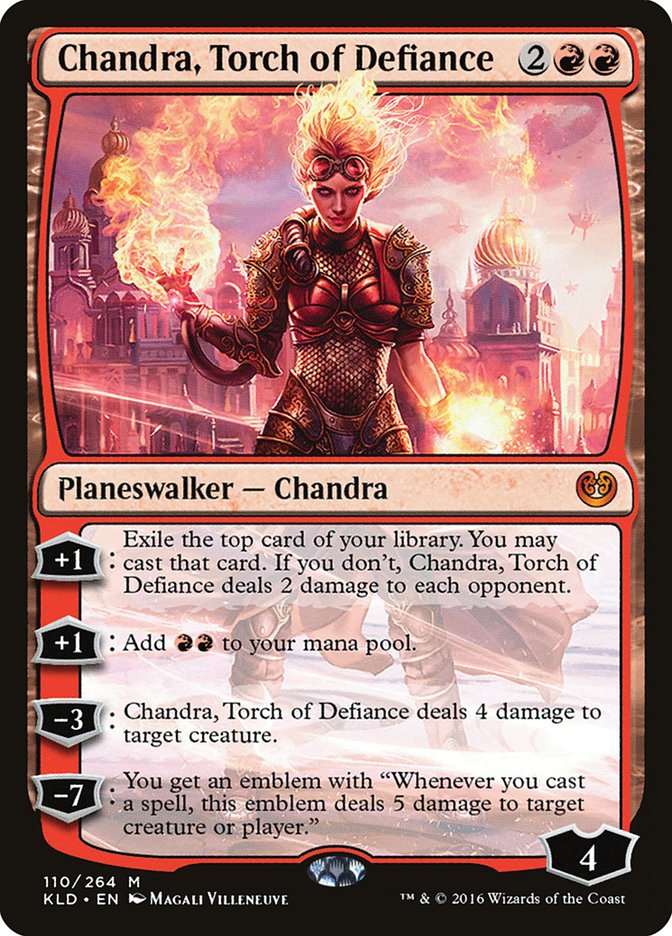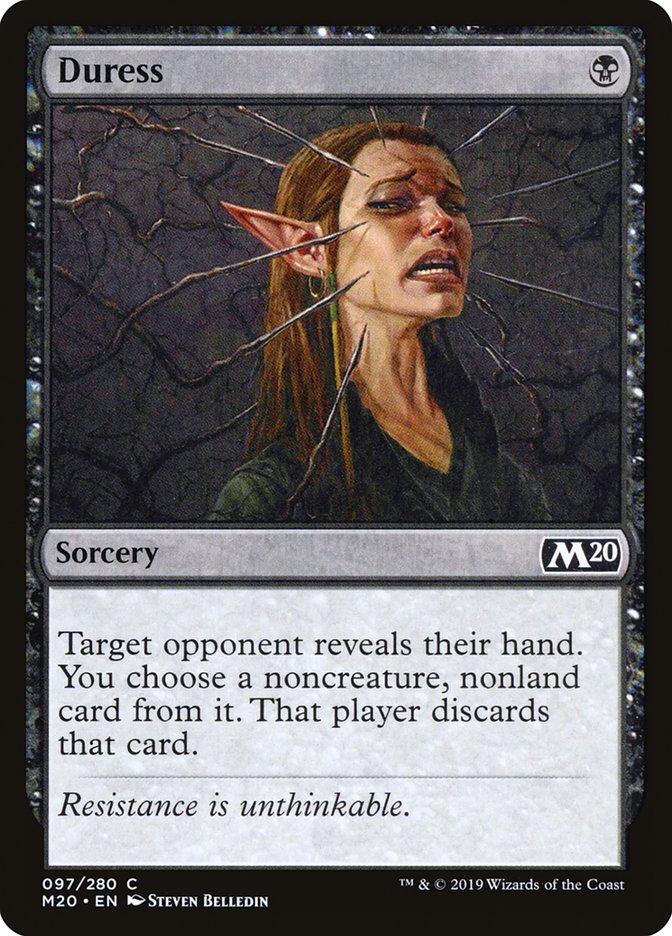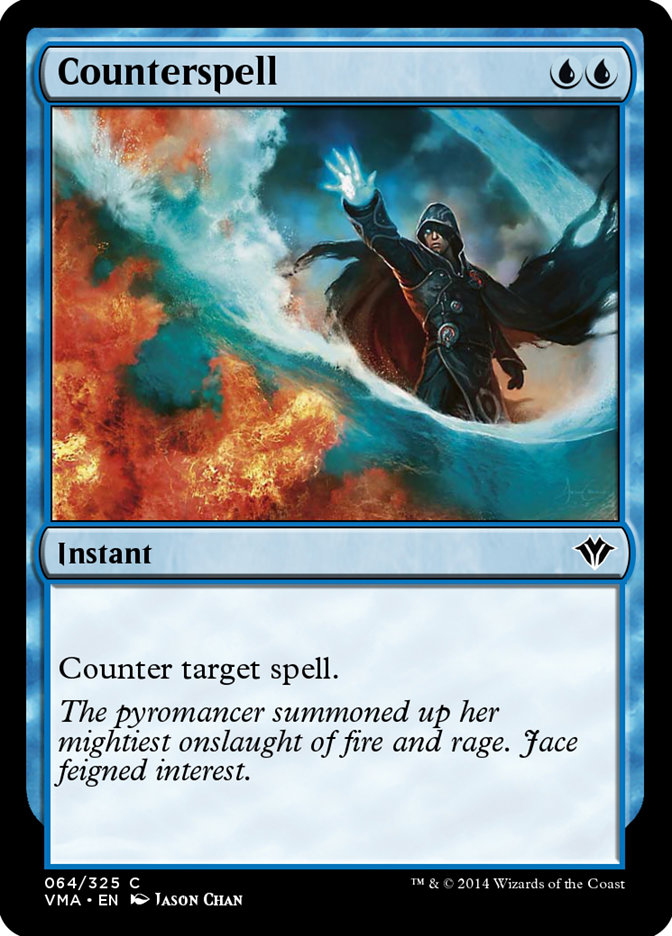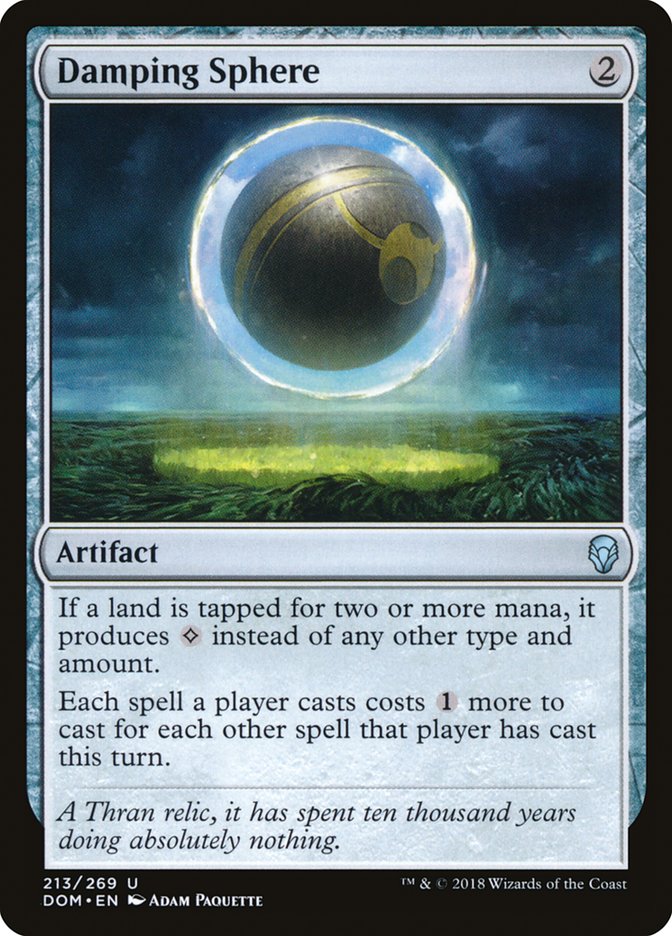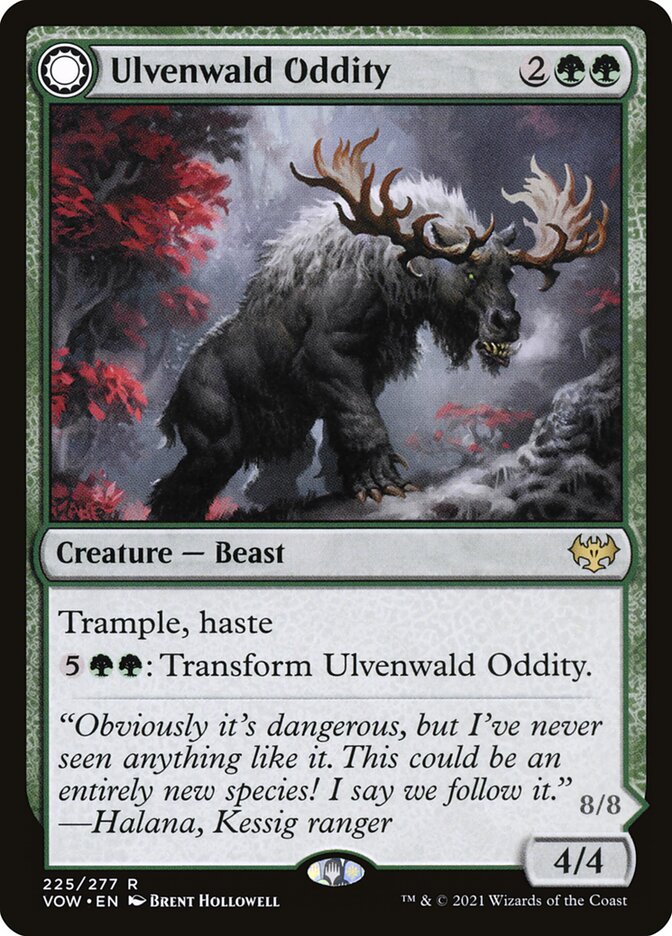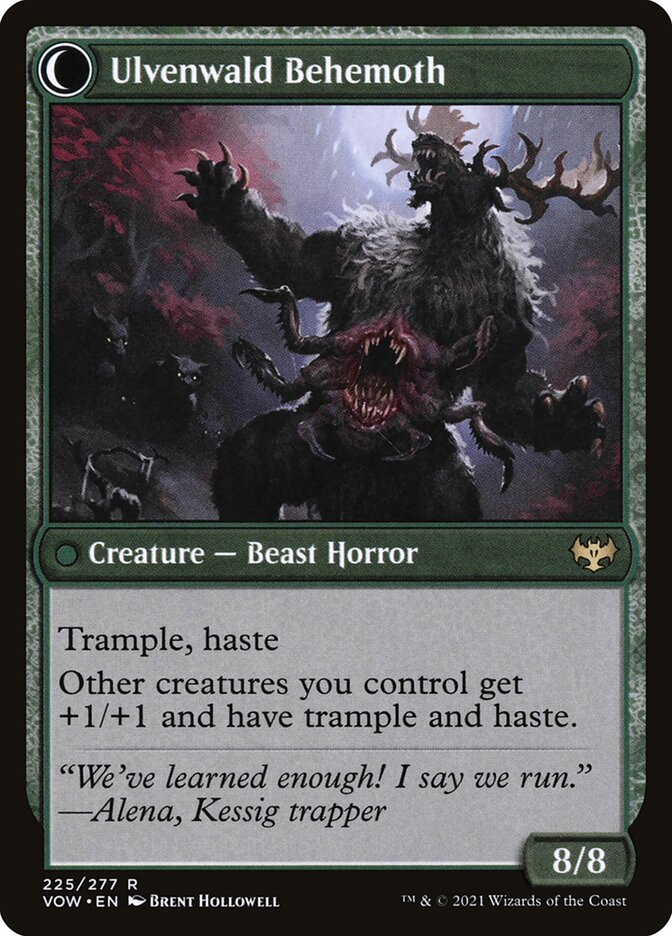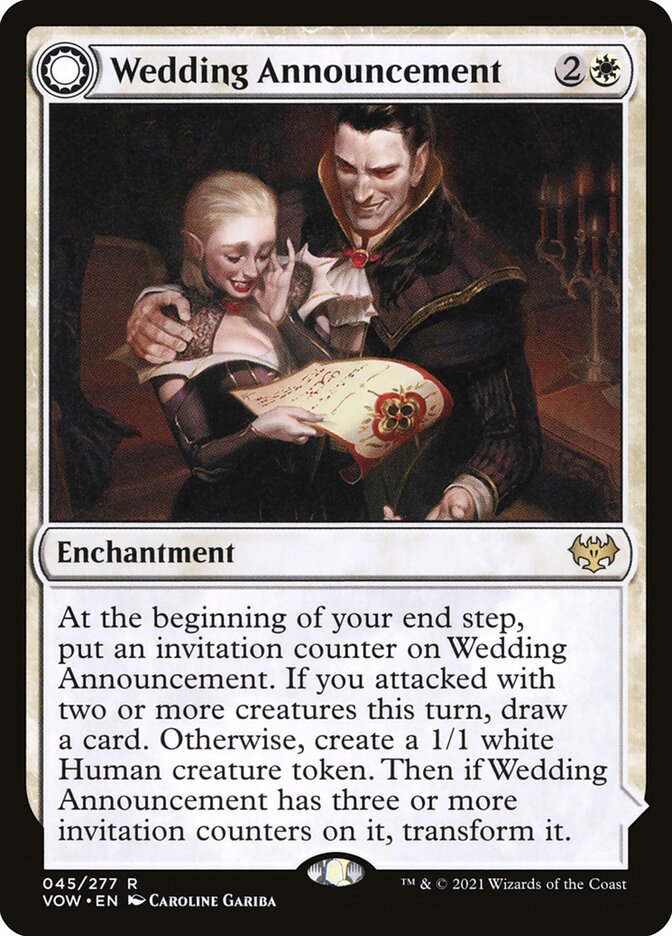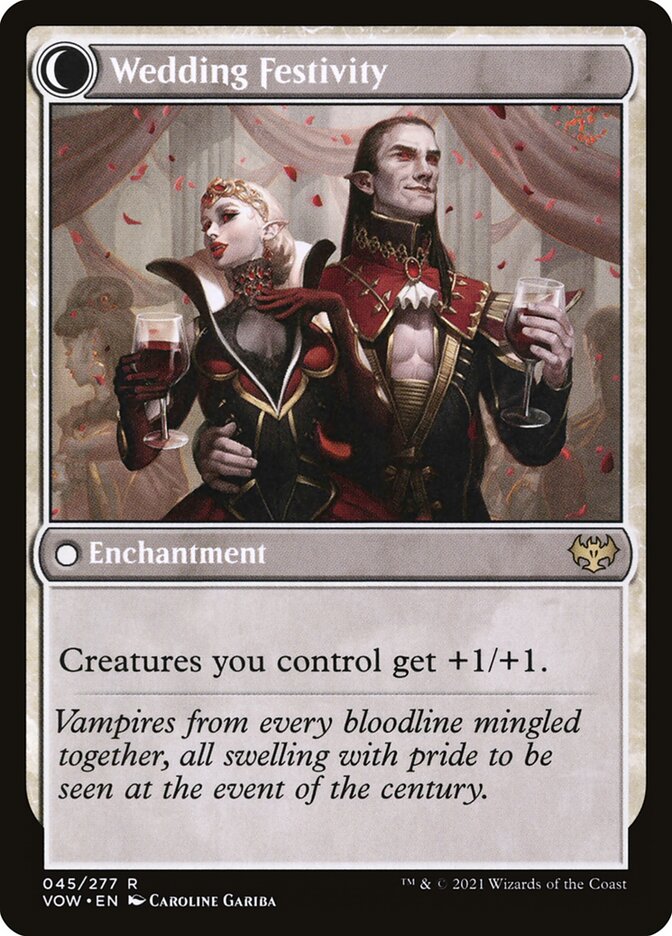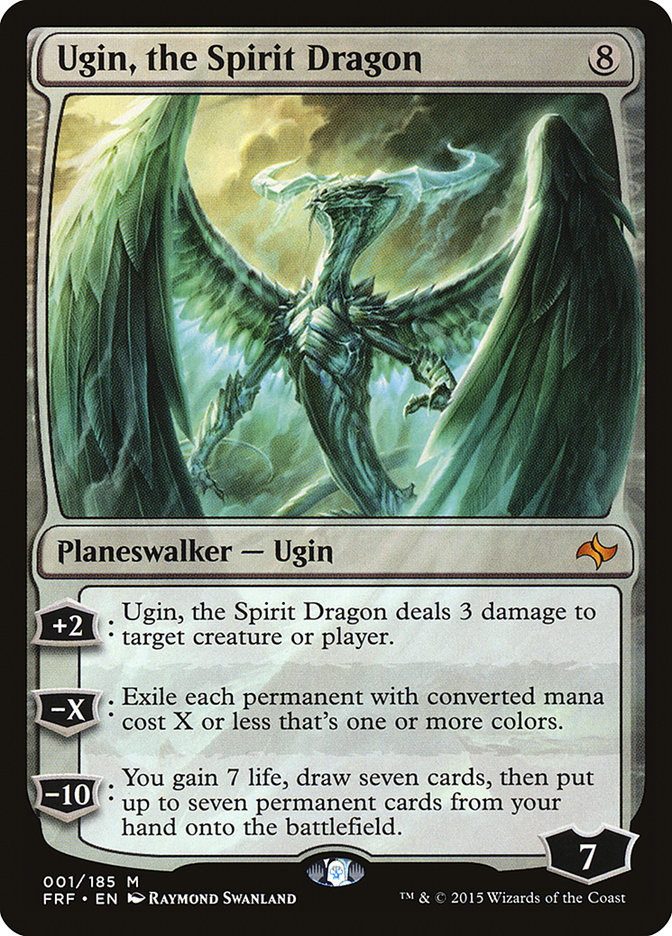The Art of Sideboarding by Remi Fortier
What Is This Article About?
Recently, I published an in-depth analysis on Rakdos Midrange in Pioneer . The sideboard guide I included was well-received, eliciting positive feedback and sparking interest among players who were keen on diving deeper into sideboard strategies.
I've also received inquiries from players about specific match-ups that I didn't cover in my previous article, which underscores the need for more extensive coverage. However, given that Pioneer is such a vast format, it's challenging to have comprehensive knowledge of every possible match-up. Hence, my goal is to provide a tool that players can use to craft their own sideboarding strategies, whether they're in the heat of a match or in the quiet of preparation
All those conversations I’ve had the pleasure to have with readers led me to identify distinct stages of understanding. They begin with "I have no clue", progress to "I have a sideboard guide", and culminate in "I possess knowledge beyond the sideboard guides".

This article aims to serve as a guide for those in the initial "I have no clue" stage. The goal is to provide a foundational understanding that will allow you to craft strategies on the fly. This will be a highly theoretical piece, as it aims to tackle broader match-ups, providing insights to help you navigate uncharted territories.
Inevitability
This is a concept I am going to refer to a lot in this article so I’d like to define it first.
"Inevitability" refers to an inevitable win once reached a certain game state. In other words, as the game progresses and more turns pass, the likelihood of this player winning increases because they are getting closer to this game state.

The inevitability of a deck is contextual to the deck it is playing against. A deck that has inevitability against one kind of archetype might not have it against another. In an aggro mirror match-up, one deck would have inevitability over the other while this deck wouldn’t have it against a control deck.
We are going to cover every macro matches-up that does exist in 2023. Each time, I am going to give a theoretical analysis of the match-up and expand this into the kind of cards you want to side-in, those you want to side-out and more importantly : why.
Aggro, Control & Combo Match-ups
Aggro vs. Control
The control deck has the advantage of inevitability because they play cards with a greater impact on the game state. This means the aggressive deck must close the game before the control player reaches this point. Essentially, what the aggressive deck is attacking is the mana value of the control player's cards. The control deck will try to defend itself with sweepers and removals, utilizing their life total as a resource to land drop.
After sideboarding, the control deck will attempt to match the aggressive deck's curve with low-cost removal and additional sweepers. Aggressive decks often find themselves crippled by removal cards in the main deck, as these cards do not contribute to the aggressive strategy. They replace them with cards that are resilient to removals and sweepers.
Options for this include creatures with hexproof, flash, or indestructibility, but a more contemporary approach is to bring in cards that aren't creatures but still contribute to the aggressive strategy. This is a tactic often referred to as "diversifying threats", with cards like enchantments, artifacts, and planeswalkers.
The fact that aggressive decks sideboard out their removal cards is something control players often use as a tactic to bring in some powerful creatures (such as Kalitas, for example). Even more annoyingly, they may bring these in little numbers, yet non-zero, making it hard for the aggressive deck to justify keeping in removal cards.
This deck list is a good example of that:
(5 - 0)
100% in MTGO Pioneer League — 11-May-2023
| Creature [1] | ||
|---|---|---|
| 1 Ertai Resurrected | $0.99 | |
| Instant [27] | ||
|---|---|---|
| 2 Dig Through Time | $0.49 | |
| 2 Negate | $0.35 | |
| 4 Fatal Push | $2.49 | |
| 3 Censor | $0.35 | |
| 4 Sinister Sabotage | $0.35 | |
| 2 Cling to Dust | $0.35 | |
| 1 Power Word Kill | $0.35 | |
| 4 Consider | $0.99 | |
| 2 Memory Deluge | $1.49 | |
| 1 Make Disappear | $0.49 | |
| 1 Sheoldred's Edict | $4.49 | |
| 1 Change the Equation | $0.35 | |
| Sorcery [3] | ||
|---|---|---|
| 1 Ritual of Soot | $0.49 | |
| 1 Extinction Event | $0.69 | |
| 1 Shadows' Verdict | $0.49 | |
| Enchantment [4] | ||
|---|---|---|
| 4 Shark Typhoon | $3.99 | |
| Planeswalker [1] | ||
|---|---|---|
| 1 Narset, Parter of Veils | $0.79 | |
| Land [24] | ||
|---|---|---|
| 3 Island | $0.01 | |
| 2 Swamp | $0.01 | |
| 4 Watery Grave | $14.99 | |
| 1 Fetid Pools | $0.49 | |
| 2 Drowned Catacomb | $1.79 | |
| 1 Castle Vantress | $1.99 | |
| 2 Fabled Passage | $6.99 | |
| 3 Clearwater Pathway | // | $6.99 |
| 2 Field of Ruin | $0.39 | |
| 2 Hall of Storm Giants | $3.99 | |
| 1 Shipwreck Marsh | $7.49 | |
| 1 Otawara, Soaring City | $24.99 | |
| Sideboard [15] | ||
|---|---|---|
| 1 Thoughtseize | $11.99 | |
| 1 Narset's Reversal | $9.49 | |
| 1 Ashiok, Dream Render | $1.29 | |
| 2 Aether Gust | $0.35 | |
| 1 Mystical Dispute | $0.39 | |
| 1 Eliminate | $0.35 | |
| 1 Kaervek, the Spiteful | $0.49 | |
| 1 Shadows' Verdict | $0.49 | |
| 1 Hullbreaker Horror | $4.49 | |
| 1 Sheoldred, the Apocalypse | $79.99 | |
| 3 Blue Sun's Twilight | $0.79 | |
| 1 Sheoldred's Edict | $4.49 | |
 $56.51 Tix @cardhoarder
$56.51 Tix @cardhoarder
 $1.41 / Week @cardhoarder
$1.41 / Week @cardhoarder
 $252.52 @tcgplayer
$252.52 @tcgplayer
 $305.61 @cardkingdom
$305.61 @cardkingdom
https://mtgdecks.net/Pioneer/deck-decklist-by-mrcafouillette-1641349
From the perspective of an aggressive deck, a way to deal with this is to bring in cards that contribute to the aggression while being capable of dealing with these threats. Chandra, Torch of Defiance is a good example of this.
However, if you don't have any of these options in your sideboard or in the format, you just have to hope they don't draw it. Bringing in 3-4 removal cards to deal with 1-2 creatures is just a way to lose because you end up with dead cards in hand. Sometimes, you have to play the odds.
Aggro vs. Combo
Similar to the Aggro vs. Control match-up, the combo deck also has the advantage of inevitability. However, they don't defend themselves as much as the control deck, but they do reach their state of inevitability much quicker. Both decks interact very little with each other in the main deck, resulting in an almost combo mirror where everyone tries to outpace the other player.
For both decks, it essentially becomes a race. A race can be won either by being faster or by slowing the opponent down. The latter is the tactic most often used by aggro decks in their sideboard options, employing cards like Duress, counterspells, or cards that prevent the opponent from executing their combo (for example, Damping Sphere).
Interestingly, combo decks also employ the same tactic of slowing down the opponent, using a few spot removals or sweepers. A crucial piece of information for the combo player is the potential cards from the aggro deck that could prevent them from executing their combo. Therefore, you want to bring in cards that could answer those threats while still being capable of slowing the opponent down or helping you execute your combo faster, ensuring the protection card never becomes a dead draw.
Deciding what to sideboard out in the aggro deck is quite straightforward, as you often have slower cards or removals, but it's more complicated in the combo deck. You have an engine that you want to be as efficient as possible, and removing cantrips or combo pieces to slow the opponent down could end up slowing you down even more.
That's why you want to sideboard in very few cards, as you can't sideboard out too many anyway. Combo decks most often remove cards here and there, a bit of this, a bit of that, it's not perfect but it generally works fine. The crucial thing to remember is to avoid slowing down your deck.
Aggro vs. Aggro
I have an interesting thought experiment to illustrate this match-up. Imagine a deck with 18 Taiga and 42 Kird Apes playing against a deck with 22 Savannah and 38 Watchwolf.

The Watchwolf deck, having cards with a greater impact, possesses inevitability. Therefore, the Kird Ape deck is considered the aggro one and the Watchwolf deck the control one. However, as I mentioned in the Aggro vs. Control match-up, the aggressive deck attacks the mana value of the control player's cards. But the difference in casting cost between Watchwolf and Kird Ape is so minimal that there's no room for the Kird Ape deck to exploit.
Now, imagine a deck with 18 Taiga and 42 Kird Apes against a deck with 26 Savannah and 34 Loxodon Smiter. Sure, the Loxodon Smiters are bigger, but are they fast enough? They are, but only when they have the first play. They are too slow when on the draw.

Lastly, let's analyze a match-up between Ulvenwald Oddity and Kird Apes. In this case, the Oddities are way too slow, both on the play and on the draw.
So, what can we glean from this mental exercise? You want to be just slightly bigger than your opponent. If you're too big, you're going to be outpaced.
Often, this means sideboarding out one-drops to bring in four and five-drops, ensuring you have some form of inevitability going into the mid and late game.
Control vs. Combo
This matchup can be tricky because the deck with inevitability isn't always the same. When the control deck has inevitability, it's very tough for the combo deck as it feels like they're constantly battling against a wall of counterspells that simply waits. Conversely, when the combo deck has inevitability, it's challenging for the control deck as they don't have the best tools to speed up the game.
After sideboarding, the deck without inevitability tends to bring in more threats, while the other deck adds more defensive cards. Sideboarding with a control deck is generally straightforward as there are often plenty of ineffective removal spells that can be swapped out. Sideboarding with a combo deck is easier in these matchups than in most others, as the lengthier games mean you can afford to side out some combo pieces.
Control vs. Control
As I speak in 2023, control decks are typically referred to as instant control decks due to their reliance on counterspells. In the past, tap-out control decks, which primarily utilized sorceries, were common, but these have largely evolved into what we now refer to as midrange decks.
As such, control mirrors are generally instant control mirrors, and I have a thought experiment for this one as well!
Imagine a mirror match where both players are running 30 Islands, 28 Counterspells, and 2 Mahamoti Djinns.

The player who first attempts to resolve their Djinn will have less mana available to engage in a counter-war, resulting in them losing the counter-war and opening the door for their opponent to resolve their own Djinn.
The key takeaway from this scenario is that you want to force your opponent to expend mana on their turn, enabling you to resolve your threats on your turn. There are several ways to accomplish this, such as casting threats at instant speed at the end of the opponent's turn or establishing board presence with threats that force your opponent to respond.
More often than not, you have a lot of removal and sweepers in your main deck, so you'll want to sideboard those out and instead bring in instant-speed threats, early threats, and any leftover counterspells.
Combo vs. Combo
It's a race. Analogous to the aggro vs. combo matchup, there are two strategies to win this race: either outpace your opponent or slow them down. The mana dorks in the sideboard of the Lotus Field in Pioneer exemplify the "faster" strategy, while the numerous counterspells in the sideboard of Creativity demonstrate the "slow down" tactic.
Sideboarding with combo decks differs depending on whether the deck incorporates a control plan or not. When it does, sideboarding is relatively intuitive; you have some reactive cards that you can be swapped with more suitable ones. But when a control plan isn't present, it becomes more challenging.
In the aggro vs. combo section, I referenced the notorious strategy of haphazardly sideboarding various cards, which can be somewhat effective. However, it's never an ideal approach, and to do better, a comprehensive understanding of the specific matchup is needed, which I won't delve into here.
Adding Midrange Decks to the Mix
Midrange
One intriguing aspect of Midrange is that while it's a strategy everyone understands, I've never come across a clear-cut definition of it. Pioneering French theorist Sylvain Lauriol conceptualized it as a dynamic control deck. His approach involves stabilization through the use of creatures, which allows for more severe punishment of opponents' missteps and provides additional tools to assume the aggressive role in a given match-up when necessary, such as against a combo.
While delving into the theorization of each post-board match-up, I realized that Midrange strategies often bear a striking resemblance to those of Aggro, with one notable exception. Against Aggro, Midrange adopts a more controlling role - essentially, they attempt to be the watchwolves.
Midrange vs. Aggro
In this match-up, the Midrange deck operates in a manner similar to the Watchwolves in the aggro versus aggro example we discussed. They're somewhat larger, so the aggro deck often tries to undercut them but usually fails.
In post-sideboard games, the situation can go in one of two directions depending on the aggro deck's arsenal. If the aggro deck doesn't have the tools to scale up, they have no choice but to continue trying to undercut the midrange, not making many adjustments and simply hoping for the best. This isn't an ideal strategy, but it's impossible to win against every deck configuration.
However, when the aggro deck does possess the means to scale up, things can become quite complex. Midrange isn't always in the role of the watchwolf – sometimes it's the Loxodon Smiters, or even more challenging, the Oddity. In such instances, the midrange deck's goal is to lower their curve by introducing cheap spot removal cards and sideboarding their most late-game-oriented cards, because they don't need an overabundance of late-game resources to secure inevitability.
Simultaneously, the Aggro deck aims to scale up by siding-out low-impact cards. There is a chance that aggro might actually transition into the deck with inevitability if midrange excessively streamlines their deck in the process. This is a potential pitfall to be cautious of; the optimal balance is to have as few tools as necessary to ensure inevitability, while still confidently maintaining it. It is a case I faced many times while playing Midrange against aggro decks siding-in Wedding Announcement.
Midrange vs. Control
In this match-up, Midrange acts much alike aggro in aggro vs. control. However, they are not as fast passed as aggro but they have more disruption tools.
Same similarities post-sideboard, midranges sides-out removals which control uses as a tactic to bring-in creatures so you want to have tools in your sideboard that can both apply pressure and answer potential creatures. If you don’t have such tools, don’t cripple your deck and prey they don’t draw it.
Midrange vs. Combo
In this match-up, Midrange operates similarly to how Aggro performs in an Aggro vs. Combo scenario. While they don't play at quite the same pace as Aggro, they do possess more disruption tools. We encounter again the race logic, where one can secure a win either by slowing down the opponent or by accelerating their own gameplay.
This pattern continues post-sideboard, where the Midrange deck sides-out reactive cards that don't match up well (often removal spells), and brings in cards that can effectively interact with the combo deck (usually discard spells).
A crucial piece of knowledge for the combo deck is the potential presence of cards that can prevent them from executing their combo, in which case they need to bring in answers to safeguard their combo strategy. A significant challenge with this strategy is that you're not always sure if "they have it or not" in their deck. If you bring in cards that might end up being ineffective, you could lose if they don't actually have the counter to your combo.
Therefore, a more contemporary approach to address this intricate problem is for combo decks to adopt midrange strategies themselves, introducing standalone threats that could win the game on their own. A good example of this strategy is the inclusion of Ugin in the sideboard of the Lotus Field deck in Pioneer.
Midrange vs. Midrange
This match-up is very similar to the Kird Apes and Watchwolves we discussed in the aggro section, but conceptually, it's as if both decks were Loxodon Smiters. Despite both decks being heavier than aggro decks, the same logic still applies. You aim to be slightly larger, but not excessively so, to avoid the risk of being outpaced.
The same principle applies post-sideboard. Both decks strive to ensure they're larger than the other, siding-out low-impact cards and bringing in various high impact threat cards.
Conclusion
That's all for today. Please don't hesitate to let me know if you find these theoretical articles interesting. There are many diverse topics I can delve into, so I plan to prioritize them based on the feedback I receive
Disclaimer: As an author for mtgdecks.net, I am very happy to have a place to share my ideas and get money out of that, which helps justify the time I put into it. If you liked the article please consider disabling your ad blocker to support our efforts. Thank you!


